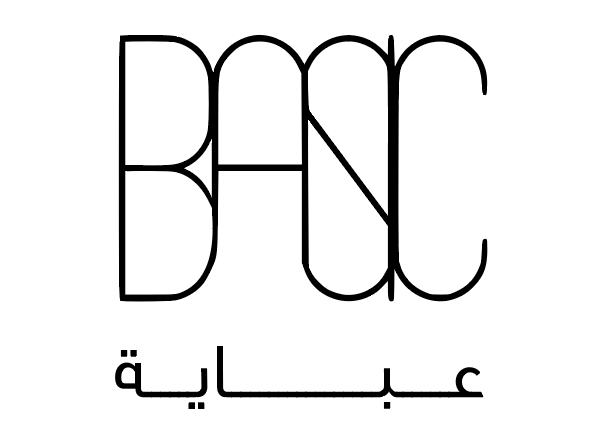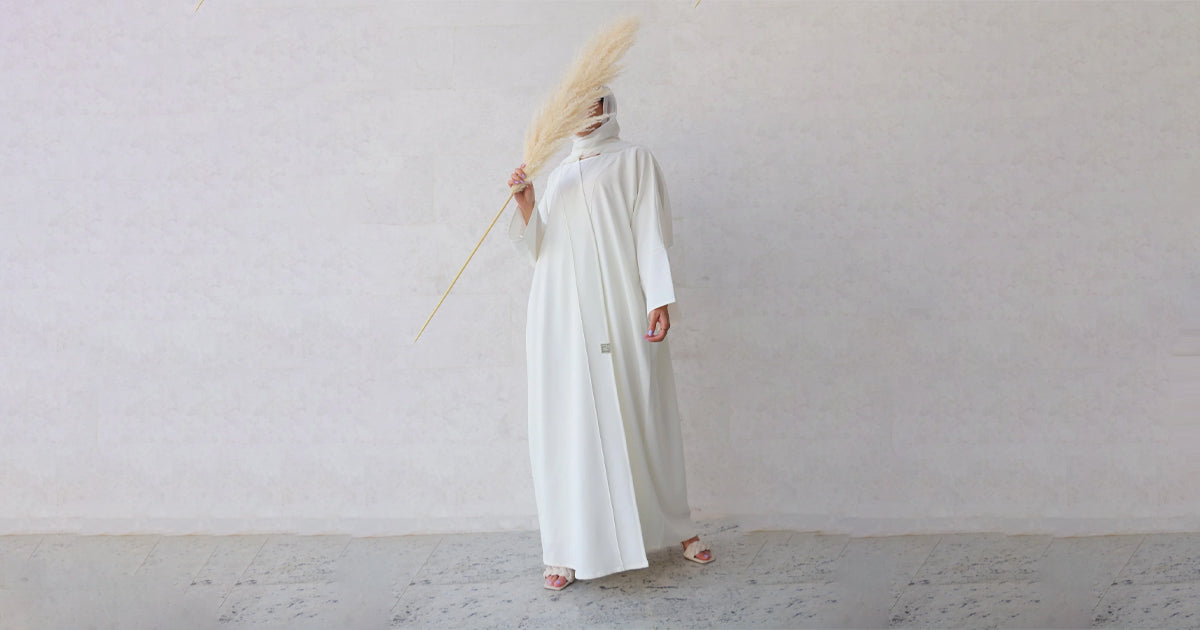How the Stylish Abaya Dubai Became a Global Fashion Staple: The Abaya's Evolution into a Luxury Dubai Abaya
The abaya, a traditional garment deeply embedded in Arabian culture, has long been a symbol of modesty and piety for Muslim women. Initially, it served as a simple, loose-fitting black cloak designed to protect wearers from the harsh desert environment.
Over time, however, the abaya has undergone a remarkable transformation, particularly in Dubai, where it has evolved into a stylish and luxurious fashion statement. Let’s explores how the abaya has transformed into a global fashion staple, reflecting cultural shifts, modern trends, and the influence of globalization.
Historical Context
The roots of the abaya stretch back thousands of years to the Arabian Peninsula, where it was originally worn for practical reasons. In the intense desert climate, the abaya provided essential protection from the sun, sand, and wind. As the abaya became more widespread, it took on deeper cultural and religious significance, aligning with Islamic principles that emphasize modesty in dress and behavior.
In its early days, the abaya was typically black, made from simple, breathable fabrics, and designed to cover the body fully while allowing freedom of movement. This combination of simplicity and functionality made the abaya a staple garment for women across the Gulf region, serving both practical and cultural purposes.
Evolution of the Stylish Abaya in Dubai
The abaya's transformation into a stylish abaya in Dubai began with the introduction of new fabrics, colors, and designs. As Dubai emerged as a global fashion hub, local designers started to experiment with the traditional abaya, incorporating luxurious materials like silk, chiffon, and crepe. These innovations brought a new level of elegance and sophistication to the garment, making it suitable for a wide range of occasions, from casual outings to formal events.
Globalization has played a significant role in this evolution. As Dubai became more interconnected with the world, the city's fashion scene began to draw inspiration from global trends. Designers started blending traditional elements of the abaya with contemporary fashion, leading to the creation of the luxury abaya in Dubai. This fusion of old and new resulted in abayas that are not only culturally significant but also highly fashionable, appealing to modern tastes.
The rise of designer abayas and collaborations further elevated the status of the abaya. Modern designs now feature intricate embroidery, lace, sequins, and even embellishments that add a unique flair to each piece. These stylish abayas have become more than garments; they are statements of personal style and cultural identity.
Social media has also been instrumental in popularizing the stylish abaya in Dubai. Platforms like Instagram and Pinterest have given designers a global stage to showcase their creations, making the abaya a recognizable and admired garment worldwide. Influencers and public figures have embraced the abaya, further boosting its appeal and solidifying its place in the global fashion landscape.
The Stylish Abaya Dubai as a Symbol
Beyond its role as a fashion item, the abaya in Dubai has become a powerful symbol of identity and culture. For many women, wearing a stylish abaya in Dubai is a way to express their cultural heritage while engaging with modern fashion trends. The abaya serves as a bridge between tradition and contemporary life, allowing women to honor their roots while participating in the cosmopolitan lifestyle of Dubai.
The abaya has also come to symbolize empowerment for women. In a world where fashion is often associated with revealing clothing, the abaya represents a different kind of beauty, one that is rooted in modesty and dignity. By choosing to wear an abaya, women make a statement about their values and beliefs, challenging stereotypes and redefining what it means to be fashionable.
The luxury abaya in Dubai, in particular, has helped to break down barriers and change perceptions about traditional Muslim dress. As the abaya has gained visibility on the global stage, it has challenged the notion that modesty and style are mutually exclusive. Instead, the abaya has shown that it is possible to be both fashionable and true to one’s cultural and religious beliefs.
Conclusion
The journey of the abaya from a simple, functional garment to a global fashion staple is a testimony to its enduring appeal and versatility. What began as a practical robe in the Arabian Peninsula has evolved into a luxury Dubai abaya that reflects the fusion of tradition and modernity. The stylish abaya in Dubai is more than a piece of clothing; it is a symbol of identity, empowerment, and cultural pride.
As fashion continues to evolve, the abaya is likely to remain a key part of the global fashion landscape. Its ability to adapt to new trends while maintaining its essence ensures that it will continue to be cherished by women in Dubai and around the world. Whether worn for cultural reasons or as a fashion statement, the abaya’s journey from tradition to trend is a powerful reminder of the garment’s lasting significance.



